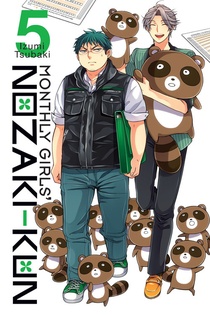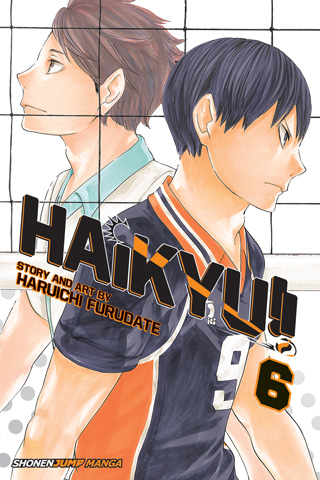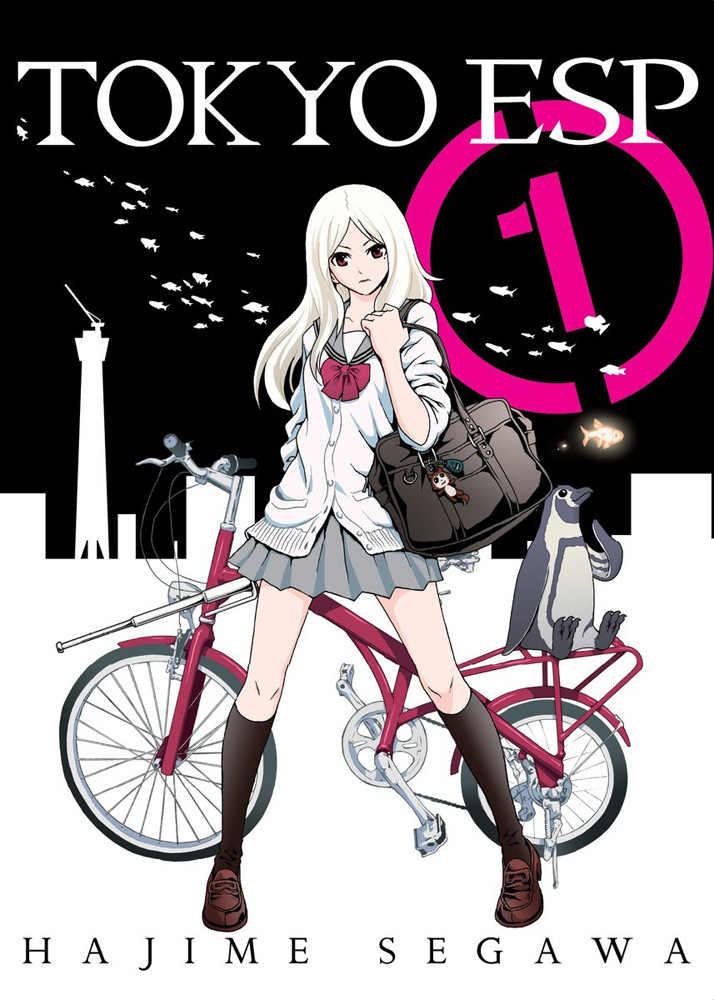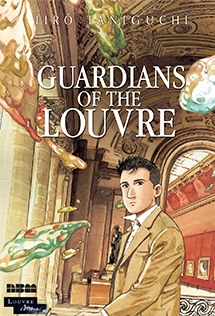My News and Reviews Every month I post a Bookshelf Overload feature which takes a quick look at some of the manga and other media that make their way onto my shelves at home. And so last week I …
Continue Reading about My Week in Manga: March 6-March 12, 2017 →



